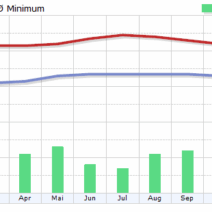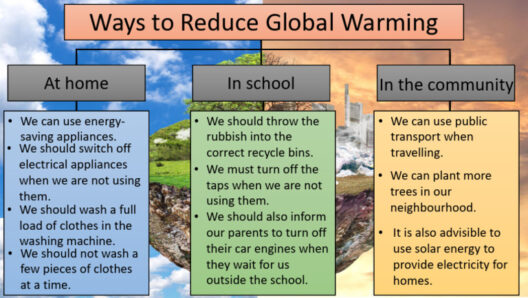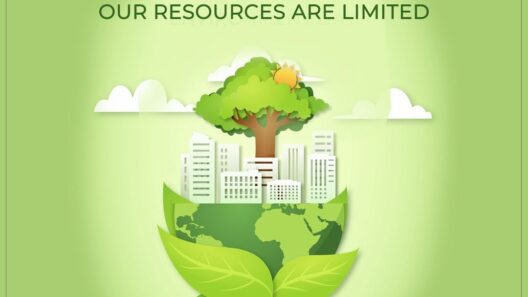The escalation of air pollution has emerged as one of the most pressing environmental challenges of our time. This phenomenon can be attributed to various anthropogenic activities, primarily the burning of fossil fuels, industrial operations, and vehicular emissions. In recent years, there has been a concerted global effort to mitigate this crisis, particularly through energy conservation strategies. However, the question remains: has our endeavor in energy conservation noticeably curtailed air pollution levels?
To approach this question effectively, it is paramount to define energy conservation. This involves the judicious usage of energy resources to minimize waste and promote sustainability. Strategies may include enhancing energy efficiency, utilizing renewable energy sources, and fostering behavioral changes in energy consumption. Notably, renewable energy, derived from inexhaustible sources like wind, solar, and hydro power, poses a significant reduction in air pollutants in contrast to traditional fossil fuels.
One must heed the correlation between energy consumption and air pollution. As industrialized nations burgeoned and urbanization escalated, energy demands soared. This led to an unprecedented reliance on coal, oil, and natural gas, invariably inflicting detrimental impacts on air quality. Emissions resultant from these fossil fuels encompass a plethora of harmful substances, including sulfur dioxide (SO2), nitrogen oxides (NOx), and particulate matter (PM), all of which have deleterious effects on both environmental and human health.
In recent decades, however, our collective awareness regarding the ramifications of energy consumption has burgeoned. Policies aimed at enhancing energy conservation have proliferated. Governments have instituted ambitious initiatives, such as the Paris Agreement, which aims to substantially lower greenhouse gas emissions globally. These regulatory frameworks encourage nations to transition towards cleaner energy sources, thereby promising a potential abatement in air pollution.
The advent of technology has also played an instrumental role in bolstering energy conservation endeavors. Innovations such as energy-efficient appliances, smart grid systems, and electric vehicles (EVs) have revolutionized the way energy is consumed and managed. A notable example is the burgeoning electric vehicle market. EVs emit zero tailpipe pollution, which is particularly advantageous in urban areas where road traffic significantly contributes to ambient air contamination.
Moreover, energy-efficient buildings designed with modern insulation techniques and smart technology not only consume less energy but also reduce emissions sourced from heating and cooling systems. The integration of renewable energy systems, such as solar panels, not only supplies clean energy but also offers a decentralized method of energy consumption, further mitigating reliance on conventional sources that pollute the atmosphere.
Despite these advancements, challenges persist. The transition to renewable energy sources is often met with economic and infrastructural obstacles. In regions where fossil fuels have long been the linchpin of economic activity, stakeholders may resist change, driven by fear of financial instability and job losses. Such resistance illustrates the complexities inherent in altering energy policies, as the ramifications extend beyond simple emissions; they touch upon economic viability, social structures, and political landscapes.
Moreover, energy conservation can yield varying results based on geographic and socio-economic factors. For instance, while developed nations have made discernible strides in reducing air pollutants through energy conservation, developing countries often grapple with the dual challenge of stimulating economic growth while attempting to limit environmental degradation. In such regions, energy access remains a critical barrier, making the adoption of clean technologies progressively difficult.
Furthermore, while energy conservation strategies are instrumental in lowering emissions, the broader context of air pollution requires comprehensive approaches. Other contributing factors, including agricultural practices that release ammonia or industrial processes that emit volatile organic compounds, must also be addressed. A myopic focus solely on energy conservation may inadvertently obscure these critical sources of air pollution that demand attention.
Additionally, public awareness and community engagement are pivotal in the crusade against air pollution. Grassroots movements and citizen activism can galvanize support for local policies favoring cleaner air initiatives. Engagement not only fosters a culture of stewardship but also cultivates a sense of responsibility among individuals to make environmentally conscious choices that collectively impact air quality.
To encapsulate, while energy conservation has undoubtedly aided in mitigating air pollution through improved efficiency and the adoption of cleaner technologies, it is but one facet of a multifaceted problem. The interplay of social, economic, and environmental factors necessitates a holistic approach. Continued vigilance and innovation, alongside steadfast public commitment, remain essential to navigate the intricate nexus of energy consumption and air quality. As we endeavor to decrease air pollution, it is incumbent upon each of us to advocate for sustainable practices and support policies that foster environmental integrity. Together, we can aspire towards a future characterized by cleaner air and a sustainable environment. By examining our collective impact and driving meaningful change, we can journey toward a world where air pollution is minimized and its adverse effects on health and ecosystems are significantly alleviated.







